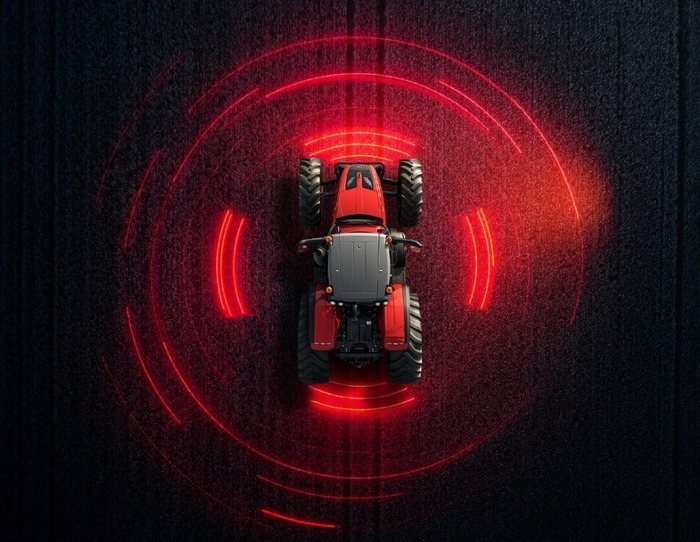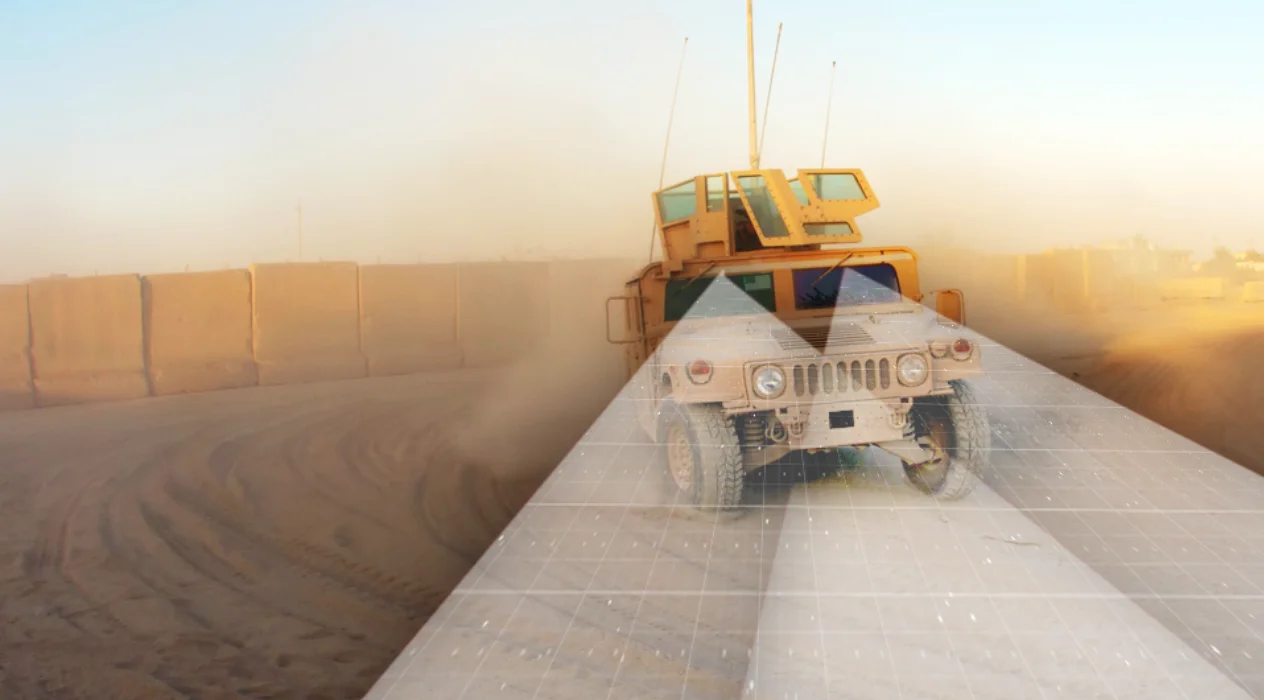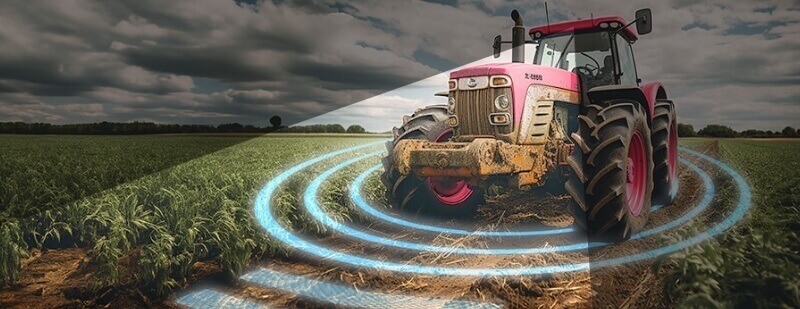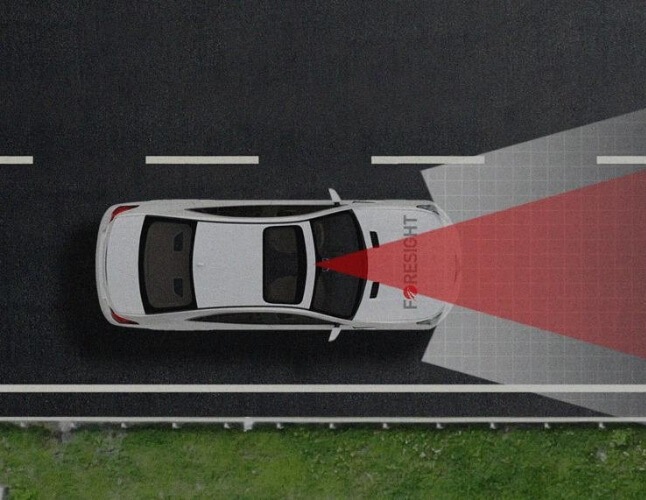360° 3D surround perception, powered by stereo vision technology, signifies a fundamental change in how industries tackle autonomous operations and spatial navigation. This technology, with its roots in mimicking the human binocular vision system, offers a comprehensive depth perception and spatial awareness essential for complex environmental navigation.
The Mechanism of 360° Stereo Vision
Stereo vision technology operates by employing two or more cameras positioned in different locations with overlapping fields of view looking at a scene in slightly different angles, similar to the human eyes. These cameras capture images of the same scene from different viewpoints, and advanced algorithms then process these images to reconstruct a 3D model of the environment. This model provides detailed information about the distance and shape of objects, enabling machines to perceive depth and spatial relationships accurately.
The 360° aspect further enhances this capability by ensuring a continuous field of view around the device, eliminating blind spots and providing a complete understanding of the surrounding environment. This is crucial in applications where situational awareness is critical for safety and efficiency.
Integration with Artificial Intelligence
The true potential of 360° 3D surround perception is unlocked when paired with artificial intelligence. AI algorithms can analyze the complex 3D data, extracting patterns and making predictions. This integration facilitates real-time decision-making and adaptive responses to dynamic environments, enhancing the autonomy of systems.
For instance, in autonomous driving, AI can use data from stereo vision to anticipate potential hazards, navigate complex traffic scenarios, and improve route planning. Similarly, in robotics, AI-enhanced 3D perception allows for more nuanced interaction with objects, from precise manipulation to obstacle avoidance.
Applications Across Industries
The utility of 360° 3D surround perception extends beyond autonomous vehicles to a variety of sectors. In agriculture, it enables precision in operations such as planting, watering, and harvesting by providing detailed information about the terrain and crop health. For heavy machinery, especially in mining or construction, it ensures safer operation by giving operators a complete view of their surroundings, even in hazardous environments.
In the security and defense sector, this technology enhances surveillance capabilities by offering comprehensive situational awareness, enabling faster and more informed decision-making in critical situations.
Technical Challenges and Future Developments
Despite its potential, the widespread implementation of 360° 3D surround perception encounters several technical obstacles. These challenges encompass the substantial computational demands of real-time 3D data processing, the necessity for advanced algorithms to decode intricate scenes, and the requirement for sensor reliability across diverse environmental conditions. Concurrently, there are positive developments: processing power continues to increase, sensor technology advances with enhanced resolution and dynamic range, and costs are decreasing.
Ongoing research is focused on enhancing sensor technology, optimizing algorithms for faster processing, and integrating more advanced machine learning models to improve the accuracy and efficiency of 3D perception systems. Future advancements are likely to make this technology more accessible and cost-effective, enabling broader adoption across industries.
360° 3D surround perception based on stereo vision technology represents a significant step forward in the quest for fully autonomous systems. By providing machines with a detailed understanding of their environment it lays the groundwork for safer, more efficient, and intelligent operations across various sectors. As this technology continues to evolve, its integration with AI will further enhance its capabilities, leading to more innovative applications and transforming the landscape of industry and technology.



